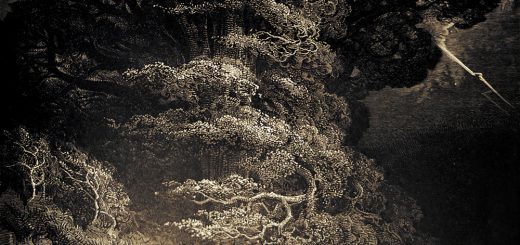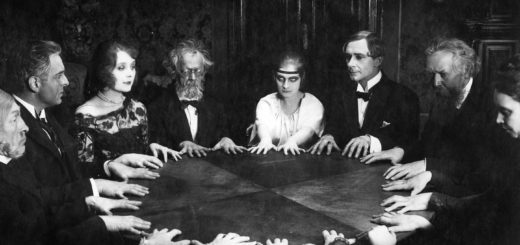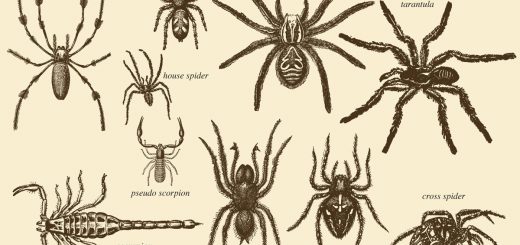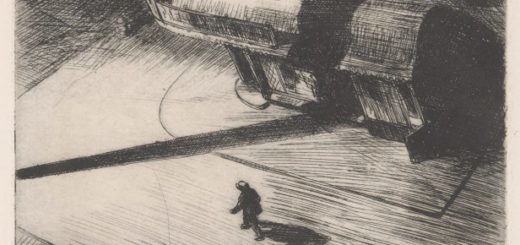Genius loci – the spirit of a location
The Latin term genius loci literally means “the spirit of the place”. In Roman mythology, the spirit originally meant a guardian spirit (genius), who was often depicted in the form of a snake. In Roman antiquity, the term genius loci referred not only to religious places such as temples and places of worship, but also to profane areas such as provinces, cities, squares, buildings or individual rooms within these structures.
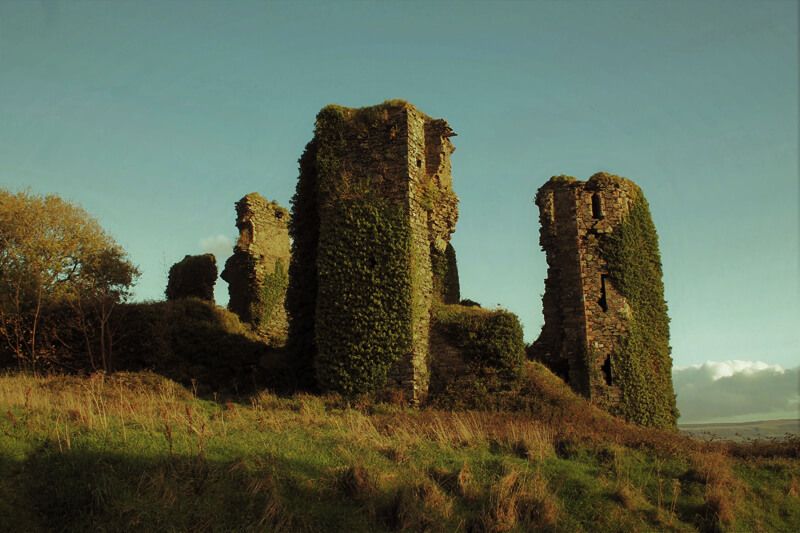
Every place, whether in nature, in old, new or modern or even industrial areas has its Genius Loci or creates a new one.
In modern occultism the genius loci has an overlap with the Deva or spirit of a certain ecosystem or (natural) environment, like a mountain or forest. It are the Deva’s who work as the morphogenetic umbrella-force to keep a certain area in its unique homeostasis, whilst nature spirits are active to nurture and protect the specific parts and entities of the ecosystem.
In the tradition of monotheistic Christianity, the term spirit is defined differently, as a spirituality that cannot be precisely defined. In this sense, genius loci refers to the spiritual atmosphere of a place, which is said to be shaped by the spirit of the people who have stayed or are still staying there. For example, the genius loci of Maulbronn Monastery is a central theme in the works of Hermann Hesse (especially in Unterm Rad and Narziß und Goldmund).
In architecture and spatial planning, the term also refers to the structural specifications and characteristics of a site, which can be decisive in determining the design. For every plot of land is first defined by its location and its embedding in its surroundings, from which it derives its value, its character and its potential uses.
But the genius loci is not only made up of soil quality, the size of an area and other measurable factors, but also includes the atmosphere and aura of a place. In this sense, the genius loci is a construct in which knowledge, memory, perception and interpretation merge as an interpretative achievement of the human mind. In order to achieve an unusual development with its own character and ambience, the genius loci is often incorporated into the design process for a building. A Zeitgeist can be regarded as the genius loci of a certain epoch or time-frame.
Fear Gortagh

Fear Gortagh, the “Hungry grass” is a special kind of Genius Loci, mostly related to spots in the landscape where people died of hungre.
In Irish folklore Fear Gortagh (“hungry grass”; also: Féar gortac) is a special kind of distorted Genius Loci, that came into existence because one ore more persons died on that spot of starvation. The hunger, impregnated in the field, is said to cause a weakness accompanied by a terrible longing for food which comes over one even though it may be but a short time since eating. Some have suggested that Fear Gortagh is a fairy curse.
It is said that someone who was eating bread trod on this spot and let no crumbs fall caused the Fairies to curse the spot, because they were hungry and had he let any crumbs fall they would have eaten them and thus satisfied their hunger. One bite of oat-bread is sufficient to banish the hunger and someone having a picnic does well to spill some bread as this act wards off the Fairy curse. Yet this Fairy-theory is less standard than the famine-theory of the Hungry grass origin.
In general, and not restricted to Ireland, extreme human emotions can leave such a haunted location. Especially battle fields, sides where a serious accident took place and suicide locations can do the job. A feature of these distorted and negative Genii Loci is that the echo of the event can contaminate passers by, especially sensitive people and effect them in a minor or extreme way, sometimes causing a new traumatic event which enforces the spot aka negative Genius Loci. Today “Loaded locations” are sometimes created deliberately by chaos magicians, usually with positive vibes, and called Chao-mines.
Fír Gorta, the Man of Hunger

About 1 million Irish died in the Great Irish Famine of 1845-1850
The term Fír Gorta or Fear Gorta seems often interchangable with Fear Gortagh and Fear Gortac. The latter I have just described, while Fear Gorta is more often used to denote a kind of famine-spirit, an anthropomorphic offspring of the Hungry grass. He is a skeletal looking man that knocks on the doors and acts as a blessing when he is offered some food, but as a curse when food is refused. He is also depicted as a bad omen in general, announcing that a famine will soon strike the region or country.
According to Yeats’ Fairy and Folk Tales of the Irish Peasantry the Fear gorta walks the earth during times of famine, seeking alms from passers-by. In this version, the Fear gorta can be a potential source of good luck for generous individuals. Steenie Harvey (in: Twilight places: Ireland’s enduring fairy lore – 1998) relates a myth that the Fear gorta was a harbinger of famine during the Great Irish Famine of the 1845-1850, and that the spirit originally arises from a patch of Hungry grass (féar gortach). In the region of Kiltubbrid however, the term is also used to refer to a sudden hunger that can seize people traveling in the mountains, that will become fatal if not quickly satiated.
You may also like to read:
The mystery of the White Ladies
Aitvaras, fire snake aka household spirit of Lithuania
The Domovoy and other Fairies of Russian folklore
Wild Man or Woodwose
Sprite



